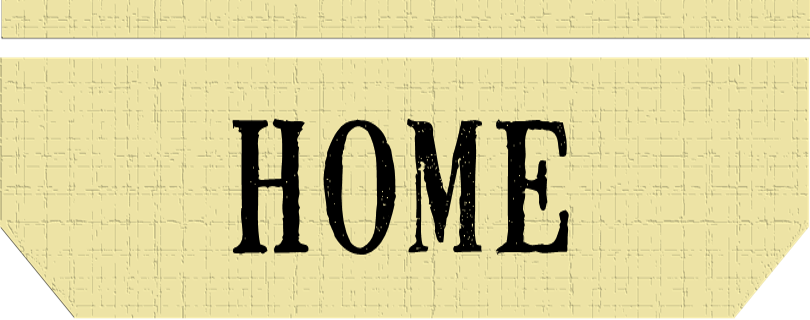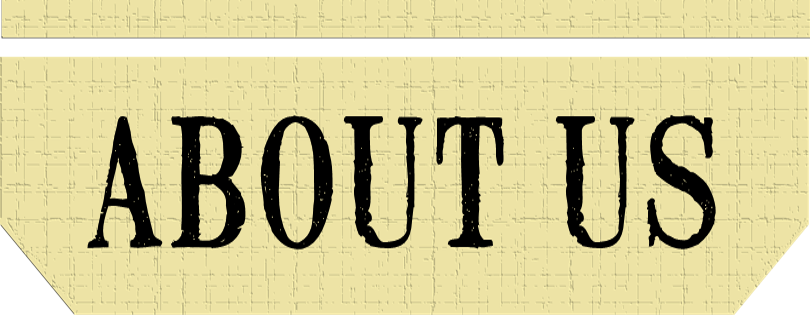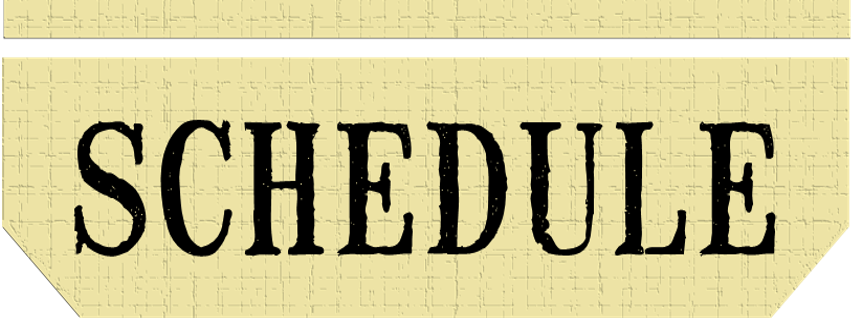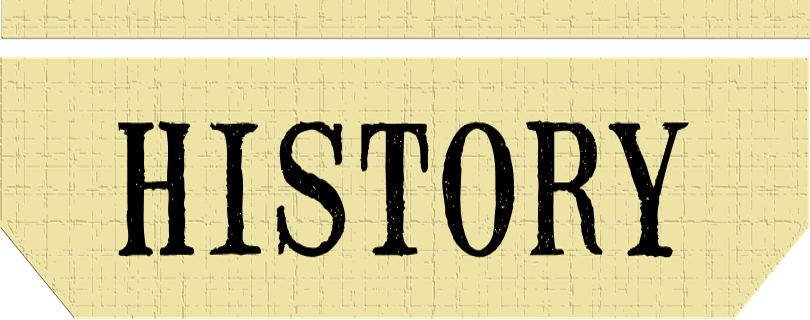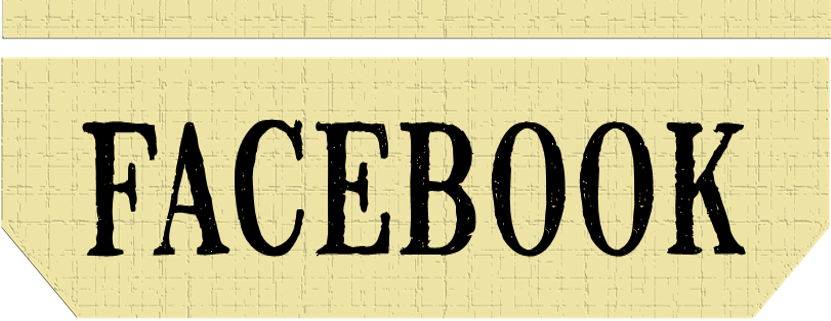WHAT TO GET AND WHERE TO GET IT
PART II (2) - EQUIPMENT & ARMS
The following is the basics list of the accoutrements and weapons (arms) that a new reenactor should have when starting out, and the order in which the equipment should be obtained by the recruit based on the importance of the item.
As you progress in the hobby, these items will always prove helpful and useable for multiple impressions, and as new items, and better-quality reproductions, are made available, this list will be updated accordingly. The vendors listed, as with the previous section - represent the best price for the best quality; if for any reason you wish to obtain an item from another vendor check with an Officer or NCO of the company before buying anything. Remember - just because one item is expensive doesn't mean it's accurate and just because another is cheaper doesn't means it's incorrect - if you stray from this list, ask before you purchase.
As good starting haversack will be the Model 1851 tarred version; seen throughout the war in both armies, the new reenactor can use this for a generic Federal or Confederate impressions when starting out.
The Model 1851 tarred haversack was made of white linen and tarred (sealed) as a means of waterproofing, with a top flap secured by a leather strap and buckle. There was an inner linen bag which was supposed to hold the soldier’s rations. The haversack was used as a necessaries bag, and would contain anything from rations to letters, books, ammo, etc., and anything else that the soldier wished to carry that would not be placed in the knapsack.
Approved Vendors
Brian L. Sharp (Unit Made)
L.D. Haning & Co. - Federal Issue Haversack
C&D Jarnagin - #303 US Regulation Haversack With Inner Bag
Missouri Boot & Shoe - Harrison Wiley's Haversack
 |
 |
 |
 |
 |
| Unknown 72nd PennsylvaniaManassas, VA, April 1862 |
Tarred Haversack, Unknown(Heritage Auctions) |
Tarred Haversack, Unknown(Civil War Antiques) |
Lt. Gen. T.J. Jackson, PACS(ACW Museum) |
Captured Confederate SoldierGettysburg, PA, July 1863 |
While there is a wide variety of canteens available; the Model 1858 Smoothside Canteen with a natural jean cloth cover is a necessary item to have, and can be used for both a Federal or Confederate impression, as the New York Depot's canteens were issued with a jean cloth covering.
Adopted in 1858, by 1861 an improved model was being produced at the Philadelphia, New York and Cincinnati Depots. Coming in a sky-blue kersey or jean-cloth covering, they were issued with a cotton strap. The original strap being rather long, most soldiers would shorten the cotton strap to their height, or would replace it with a privately purchased leather strap which could be adjusted by the soldier as needed.
Approved Vendors
Wambaugh, White & Co. - Philadelphia Depot Canteen
C&D Jarnagin - #406 US Bullseye Canteen
S&S Firearms - CH38B Canteen
 |
 |
 |
 |
 |
| Amos Guise, 3rd SC(Library of Congress) |
Canteen of A.F. Spencer, 12th NC(NC Museum of History) |
Unknown NY Depot Canteen(Heritage Auctions) |
Unknown NY Depot Canteen(Heritage Auctions) |
Unknown Union Soldier(Library of Congress) |
A proper waist belt is another of those items that the new reenactor will need to purchase two of, as the buckles on them are not interchangeable for Union and Confederate impressions. For our purposes we recommend the Georgia Frame buckle for Confederate impressions and the standard "U.S." oval belt plate for Federal. These two belt plates were seen throughout the war, and are useable at a variety of different events.
Made of blackened leather, the Model 1852 waist belt was fitted with a brass keeper on the end, to hold any excess leather in place after the belt was fastened.
Approved Vendors
Brian L. Sharp (Unit Made & Includes Buckle)
C&D Jarnagin - #273 US Enlisted Waist Belt & #298 US Oval Belt Plate
Missouri Boot & Shoe - U. S. Waist Belt with Oval US Brass Plate
 |

 |
 |
| Unknown Confederate Soldier(Library of Congress) |
Georgia Frame Belt & Buckle (Horse Soldier)U.S. Belt with Buckle of Cornelius Beekman, 10th NY (Heritage Auctions) |
Unknown Federal Soldier(Source Unknown) |
The Model 1857 .58 cal. Cartridge Box was made of blackened leather, containing an inner and outer flap, and in interior implement pouch for the cleaning kit; inside were two metal tins which held 40 rounds of ammo. The back of the box was fitted with two belt loops and two sling loops, so that the box could be either worn on the belt of the cartridge box sling.
For use with multiple impressions new recruits are encouraged to avoid putting either the breast plate on the cartridge box strap or the oval plate on the cartridge box itself.
Approved Vendors
Brian L. Sharp (Unit Made)
C&D Jarnagin - #20457 1857 Cartridge Box .58 Caliber
Missouri Boot & Shoe - Cartridge Box Only-Unmarked Early War 1857 Pattern .58 caliber Rifle Musket
 |
 |
 |
 |
 |
| Unknown Confederate Soldier(Library of Congress) |
Atlanta Arsenal Cartridge Box(Civil War Antiques) |
Box of Cornelius Beekman, 10th NY(Heritage Auctions) |
Box with Sling, Unknown(Heritage Auctions) |
Member, 7th NY State Militia, 1861(Library of Congress) |
The Model 1850 Shield Front Cap Box was made of leather with a sheep skin interior, to keep the caps from falling out, over which was an inner cover and end pieces, and over that a shield front flap which was secured to the box by a brass stud on the bottom. The box was attached to the belt by two loops which were rivetted to the bank of the box; in some cases, this was replaced by a large one-piece loop which attached to the belt.
Approved Vendors
Brian L. Sharp (Unit Made)
C&D Jarnagin - #HS241 US Shield-FrontCap Pouch
L.D. Haning & Co. - Federal Issue Cap Pouch
Missouri Boot & Shoe - Pattern 1850 Cap Box

 |
 |
 |
 |
| Unknown Union Soldier (Library of Congress)Private Rufus K. Felder, 5th TX, ca. 1862 |
Unknown Confederate Cap Box(International Military Antiques) |
Shield Front Cap Box, Unknown(Heritage Auctions) |
1850 Cap Box, Unknown(Civil War Antiques) |
The Model 1855 Double Bag Knapsack was made of black painted canvas and consisted of two bags (hence the name Double-bag) for carrying the soldiers' items. Across the top were two to three straps for attaching the blanket, shelter half, great coat, etc.
Approved Vendors
L.D. Haning & Co. - Federal Double Bag Knapsack
C&D Jarnagin - #309 1853/1855 Double Bag Knapsack
Missouri Boot & Shoe - U.S. War-Time Issue Double Bag Knapsack
 |
 |
 |
 |
| Unknown Member, 22nd NYSM(Library of Congress) |
Federal Knapack, Unknown(Heritage Auctions) |
Knapsack of J.B. McRae, Starr's (NC) Battery(NC Museum of History) |
Captured Confederate Soldier, July 1863 (Library of Congress) |
The two top recommendations for a new reenactor just getting started are either the 1853 Enfield Rifled Musket or the 1861 Springfield Rifled Musket. These two weapons were present in almost every theater of the war and will be useable for a new reenactor as their primary weapon for many years.
The 1853 Enfield Rifled Musket was produced in England and imported through the blockade, and used by both the North and South, this .577 caliber rifled musket, had a range of 1,250 yards. It has been estimated that over 900,000 Enfield Rifles were brought into the country during the War.
The 1861 Springfield Rifled Musket was produced in variations between 1861 and 1873, both by the Springfield Armory and sub-contracted out to over 20 contractors, the 1861 Springfield was a .577 caliber rifled musket, with a range of 900 yards. It is estimated that over 1,000,000 of these rifles were produced during the war.
Approved Vendors (*)
Gunbroker
Lodgewood Manufacturing
(*) - When looking for a rifle, patience is your friend. Do not rush out and buy the very first one you see, check with a member of the company about the quality, maker, price and other information. There are also more affordable options available, such as reenactors getting out of the hobby, ones listed on Gunbroker, etc., an example is one of our members who in September 2024 purchased a good quality reproduction from $400 as opposed to spending $1,400 on the same rifle by purchasing it brand new. When in doubt, contact one of us for help.

 |
 |
 |
| 1853 British Enfield Rifle Musket & 1861 U.S. Springfield Rifled Musket(Smithsonian) |
Unknown Private, 23rd NY(Library of Congress) |
Thomas Taylor, 8th LA(ACW Museum) |
| STEP 8 - BAYONET & SCABBARD |
Bayonet. When purchasing a bayonet, it should not be bought until "after" you have obtained your rifle. Not all bayonets are sized the same, and they should be fitted to the rifle, so it is often better to get your bayonet at an event, or in person, instead of ordering one online. The Model 1855 Socket Bayonet was a triangular socket bayonet measuring 21-in. in length; the bayonet could be a fearsome sight when fixed on the rifle. However, used less for combat it saw more extensive use as a tool for digging trenches, opening cans, being a tent stake, a candle holder and countless other non-combat uses.
Approved Vendors
Gunbroker
E-Bay
Bayonet Scabbard. There are two different kinds of bayonet scabbards, the two-piece straight Enfield and the one piece angled Springfield. The recommended option for a new recruit is the one piece angled Springfield Scabbard, as it was seen throughout the war and can be used for both Federal & Confederate impressions. The bayonet scabbard is best purchased at an event or in person to ensure that it is a good fit for your bayonet, and not the wrong size or make. The bayonet scabbard was made of black leather, with a brass chape (end cap), the frog was sewn and riveted to the scabbard. Early war bayonet scabbards were fitted with two (2) rivets, while later war issues had eight (8) rivets to hold the scabbard together.
Approved Vendors
L.D. Haning & Co. - 2 Rivet Bayonet Scabbard
C&D Jarnagin - #245 Pattern of 1859 scabbard US Waist Belt Scabbard
Missouri Boot & Shoe - Early War 2 Rivet Bayonet Scabbard
 |
 |
 |

 |
| Daniel O. Logan, 1st LA(ACW Museum) |
Unknown Atlanta, GA, ca. 1864(Library of Congress) |
Model 1855 Socket Bayonet(Heritage Auction & Horse Soldier) |
Original Examples of the Two (Top) and Eight (Bottom) Rivet Scabbards(Heritage Auctions) |
|

